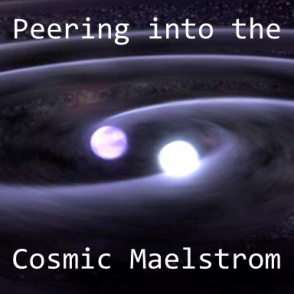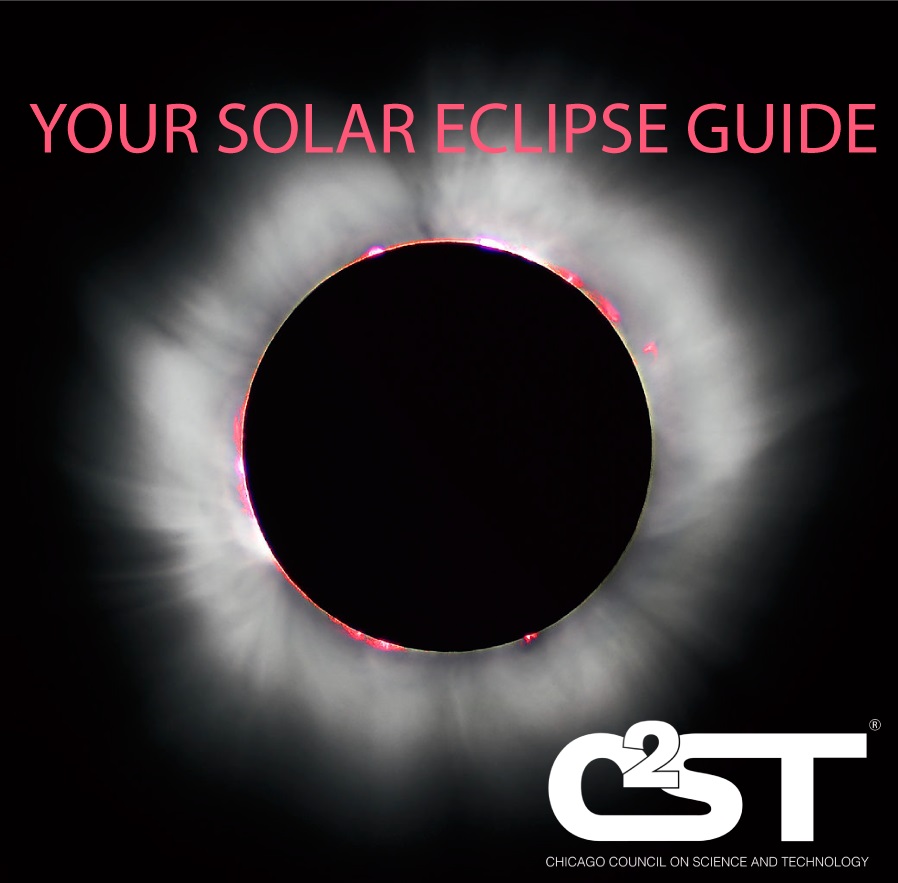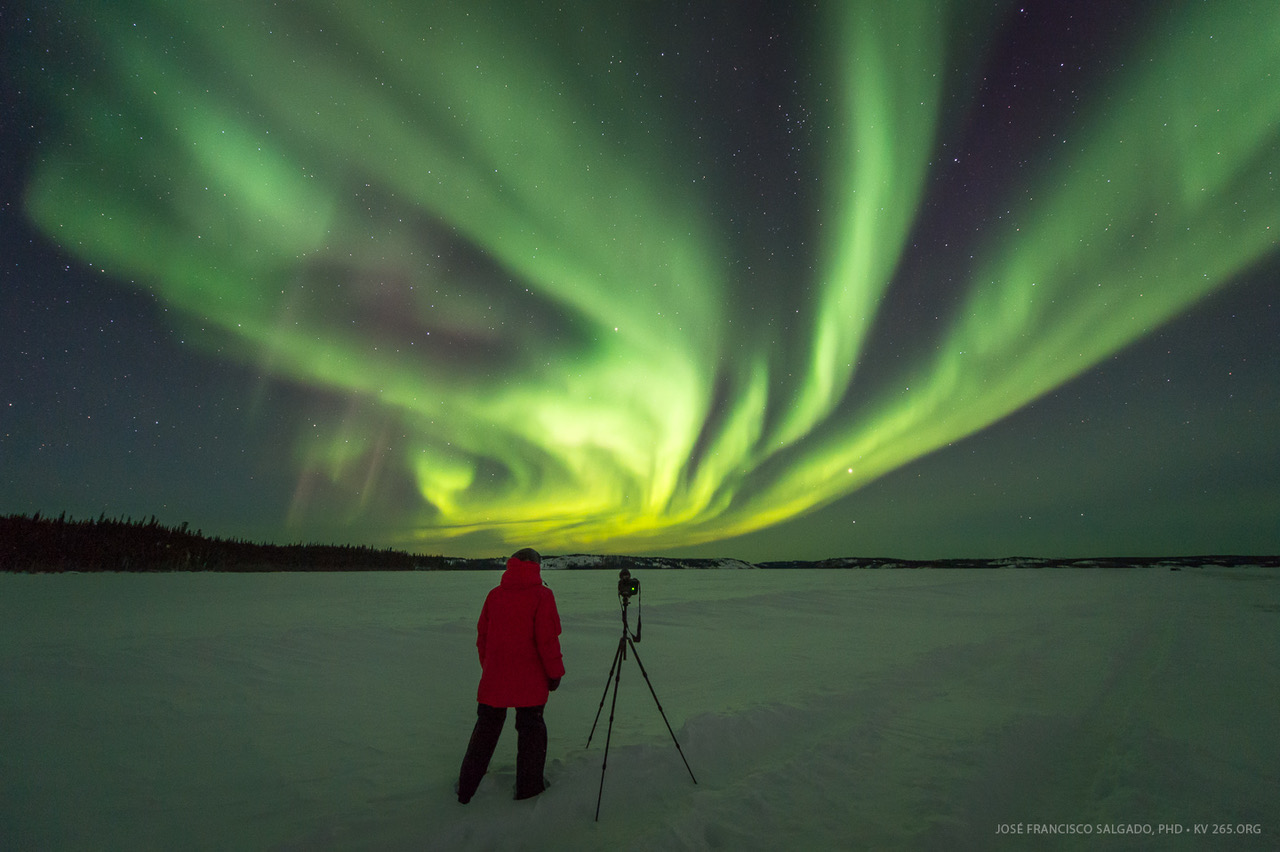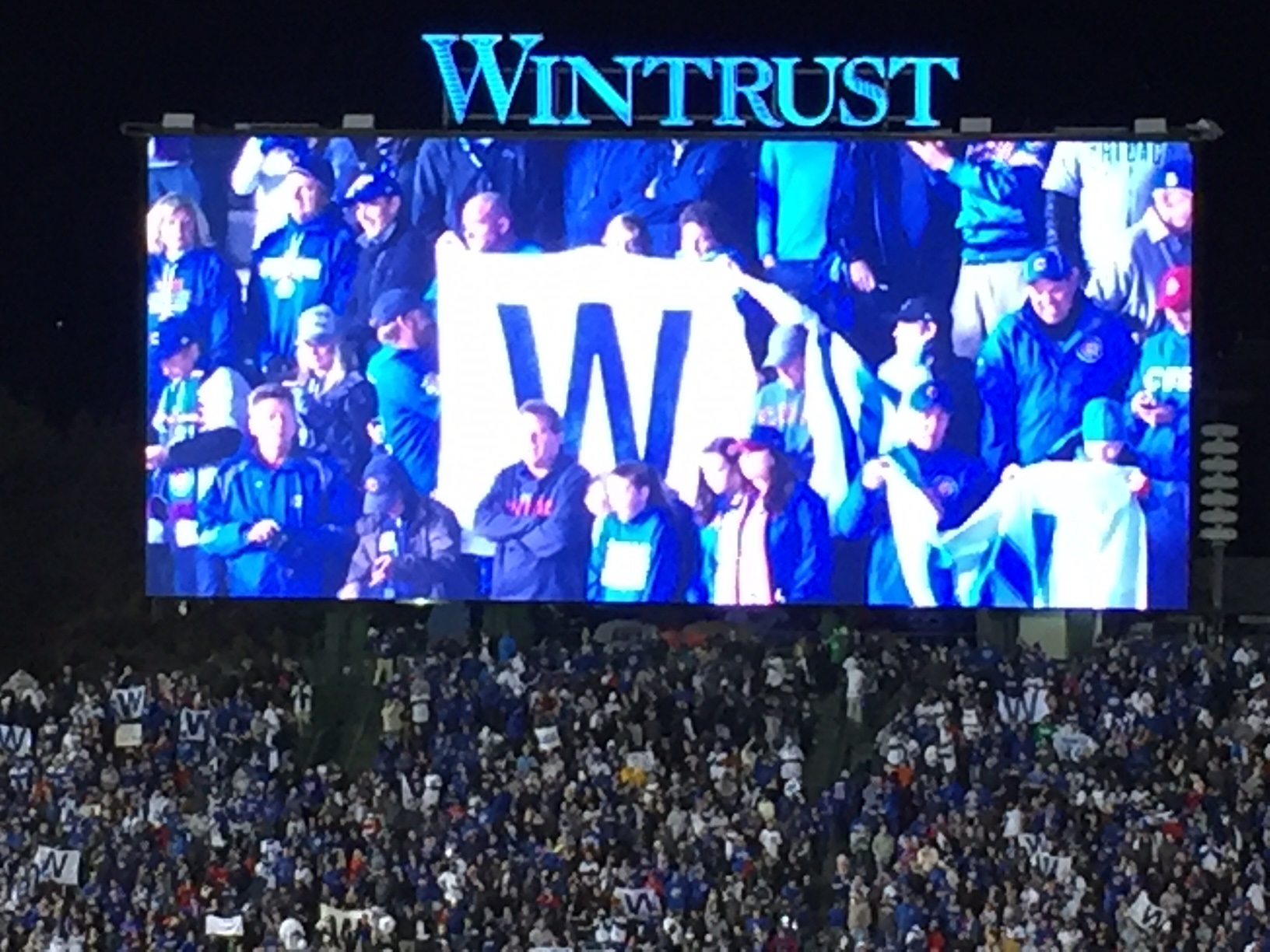
Due to unforeseen circumstances, this event is being postponed. A new date will be announced as soon as possible.
Continue reading “POSTPONED – Peering into the Cosmic Maelstrom”
The Physical Science (PS) Series offers events that showcase the current understanding of the origin of the Universe, properties of matter and energy and the relationships between them, and space exploration.
Previous PS events have covered dark matter, Switzerland’s CERN Laboratory, the Hubble Telescope, quarks and the cosmos, navigating earth and space, and the physics of baseball.
Distinguished speakers have included Astronaut John Grunsfeld; Nobel Laureate John C. Mather; and Laura Trouille, Astronomer, Northwestern University & Adler Planetarium.

Due to unforeseen circumstances, this event is being postponed. A new date will be announced as soon as possible.
Continue reading “POSTPONED – Peering into the Cosmic Maelstrom”

All of North America will enjoy a total eclipse of the sun on August 21, 2017. Those in the path of totality, where the moon completely covers the face of the sun and only the corona is visible, will experience a total solar eclipse–temperatures will suddenly drop, and wildlife will go eerily silent. This path of totality will stretch from Salem, Oregon to Charleston, South Carolina. The last time the Lower 48 experienced a total solar eclipse was 1979; the next one traveling coast to coast won’t be until 2045. Continue reading “Prepare for the Solar Eclipse”

Since 2012 astronomer José Francisco Salgado has been photographing the Northern Lights from Canada, Alaska, and Iceland, as part of his work communicating science through the arts. So far, his Northern Lights films set to music have been presented with orchestras in 13 cities in four countries and have reached a combined audience of 130,000 people. Continue reading “In Awe of the Northern Lights”

Chicago Council on Science and Technology and the Chicago Public Library, Harold Washington Center present
Just in time for opening day!
Dr Alan Nathan spent a career doing experimental nuclear physics, where he studied the high-speed collisions of subatomic particles. Continue reading “The Physics of Baseball”

QM2017 Public Lecture in collaboration with C2ST
For the first second of time, long before the emergence of planets, stars, or galaxies, our universe was a hot primordial soup of “elementary” particles like quarks. Encoded in this formless, shapeless quark soup were the imprints of events from an even earlier epoch—the very beginning of the universe. Continue reading “From Quarks to the Cosmos”

Opening Day may seem far in the distant future, but that doesn’t stop us from counting down the days until pitchers and catchers report for the spring season, and for the official start of spring training.
But there is no better way to celebrate the Cubs’ World Series than taking a closer look at what happens on the ballfield: Why does Jon Lester’s curveball curve? How did David Ross handle all those fastballs? And what’s the quickest way for Dexter Fowler to run around the bases? Continue reading “The Physics of Baseball: What Newton said to the Billygoat”